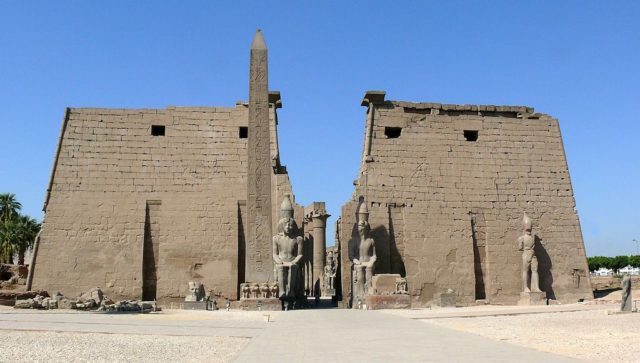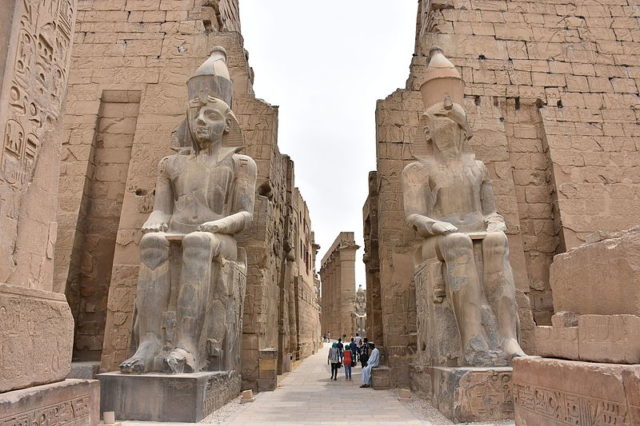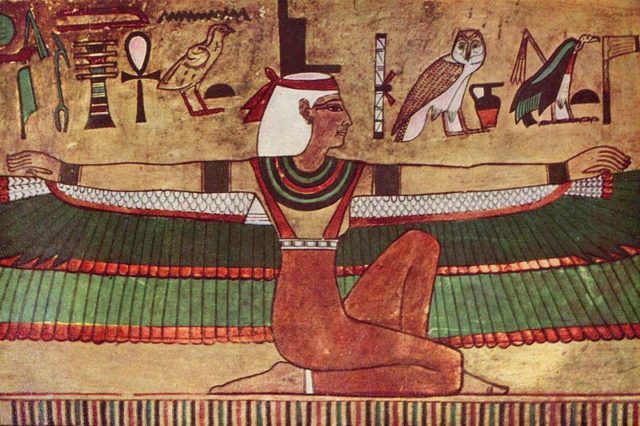The southern Egyptian city of Luxor may currently be a site of political instability and jihadist violence, but it is also the location of abundant magnificent temples and tombs constructed by ancient Egyptian pharaohs.
Home to half a million people, Luxor sits on the west bank of the Nile River and is an important site for tourists and archaeologists alike.

Recently, a 1,000-year-old mummy was unearthed in Luxor during an excavation of the Temple of Millions of Years of the Pharaoh Thutmose III, a collaborative project started in 2008 between the Egyptian Ministry of Antiques and the Royal Academy of Fine Arts of Saint Isabel of Hungary in Seville, Spain.
As reported by the Daily Mail, the mummy was discovered in “very good condition” in a tomb likely originating from 1075-664 BCE. The tomb was located near a temple constructed during the time of Pharaoh Thutmose III, and it is believed to have belonged to Amenrenef, a nobleman and servant of the Pharaoh.
The mummy was bound with linen and plaster and contained in a colorful wooden sarcophagus. According to archaeological team leader Myriam Seco Alvarez, the mummy had “…many colorful decorations recalling religious symbols from ancient Egypt, such as the goddesses Isis and Nephtys displaying their wings, and the four sons of Horus.”


The practice of mummification goes back to 4500 BCE in Egypt, and it was primarily done for wealthy and royal Egyptians. Ancient Egyptians believed that mummification would preserve the body, thus making it recognizable for repossession in the afterlife.
It was a complex ritual involving numerous steps. First, internal organs would be removed, dried, and reinserted. Next, the body would be rinsed with wine and spices and then covered with salt for up to 70 days.

During this time, the body would be packed with linen or sand to create a more human shape. Finally, when the 70 days were up, the body would be wrapped in linen and plaster and placed in a sarcophagus.
A warrior king often compared to Napoleon, Pharaoh Thutmose III was the sixth Pharaoh of the Eighteenth Dynasty. Victor Loret discovered his tomb in 1898 in the Valley of the Kings, Mail Online reported.
